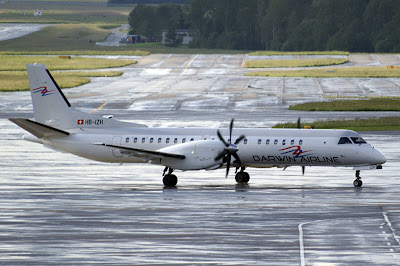The main objective of this study is to provide significant new insights into the development and implementation of e-business strategies that will lead airlines to a competitive advantage.
The success of application of e-business strategy to airline industry depends on the value added of e-business to airlines. Currently, many airlines are looking at e-business to protect their assets and to secure customer's loyalty, and to be successful in today's competitive environment. In view of the new features of Internet, the core question of this paper is:
Can an e-business system utilising Internet technology to achieve competitive advantages for airlines?
To provide an answer to this question, the researchers conducted an online survey and develop a Customer Centric E-Business (CCEB) System Model, using China ShenZhen Airlines as a case study.
The work in this paper is organised as follows: Introduction; Section 1: Research Goals, Literature Review, Research Methods, Original Contribution, and Research Outcomes; Section 2: Research Flow Chart; Section 3: Findings and Results; and Section 4: Other Considerations. Furthermore, the work presents some pertinent strategies for airlines based on Michael Porter's Five Competitive Force Model.
With respect to the typology suggested by Porter, the results indicate that Porter's model was essential in evaluating the airline industry under both descriptive and elucidative aspects.
Many e-commerce principles were pioneered by the airline industry. These include the first business-to-business electronic information exchange and industry-wide electronic marketplace. This environment provided unprecedented opportunity for operations research (OR) modelling. Airlines continue to derive billions of dollars annually from these and derivative models. The availability of reliable, low-cost communications via the Internet is not only providing new modelling challenges within the airline industry, but it is also providing similar opportunities in other industries [1].
Electronic Commerce is defined as "buying and selling of goods and services through electronic technology utilising on line services such as Internet, interactive television, commercial online services and screen telephones so that an organization's objective can be achieved."[2]
In the 21st century digital technologies will push beyond the existing boundaries in all these spheres of our lives [3]. The transition from brick-and-mortar business to "clicks" business is happening in all sectors of the economy [4]. Any size business can have an e-commerce strategy; from a sports club selling T-shirts with their name on, to a medium-sized business selling widgets, through to a traditional retail behemoth like Wal-Mart [5]. Some e-commerce companies sell only over the Internet; others sell both over the Internet and in standard brick-and-mortar distribution channels [6]. Most airline managers realize that a major business transition is taking place. Some believe the various processes by which business strategies are developed will need to change. New value propositions are being promoted by e-commerce, and it is being used to give airlines competitive advantage.





